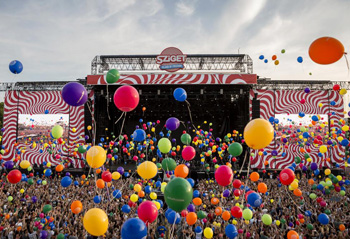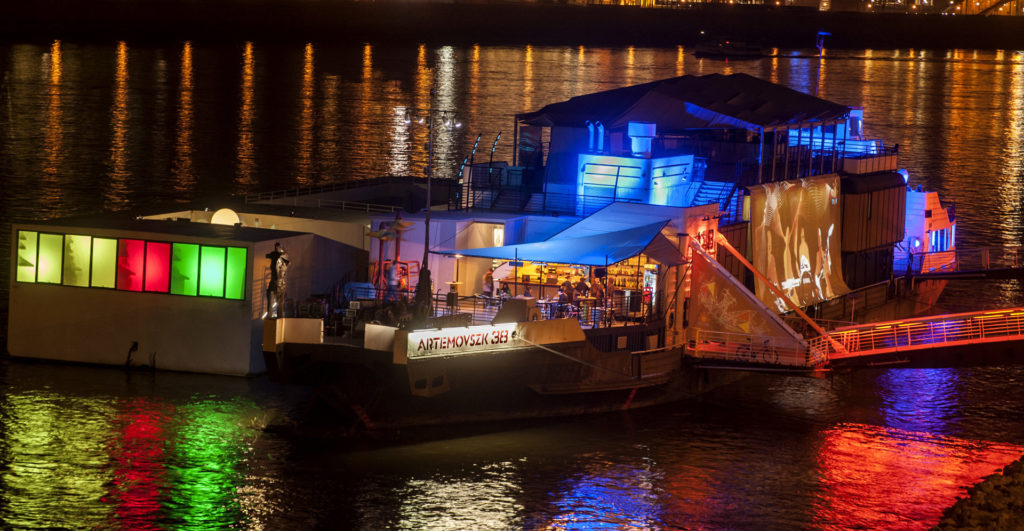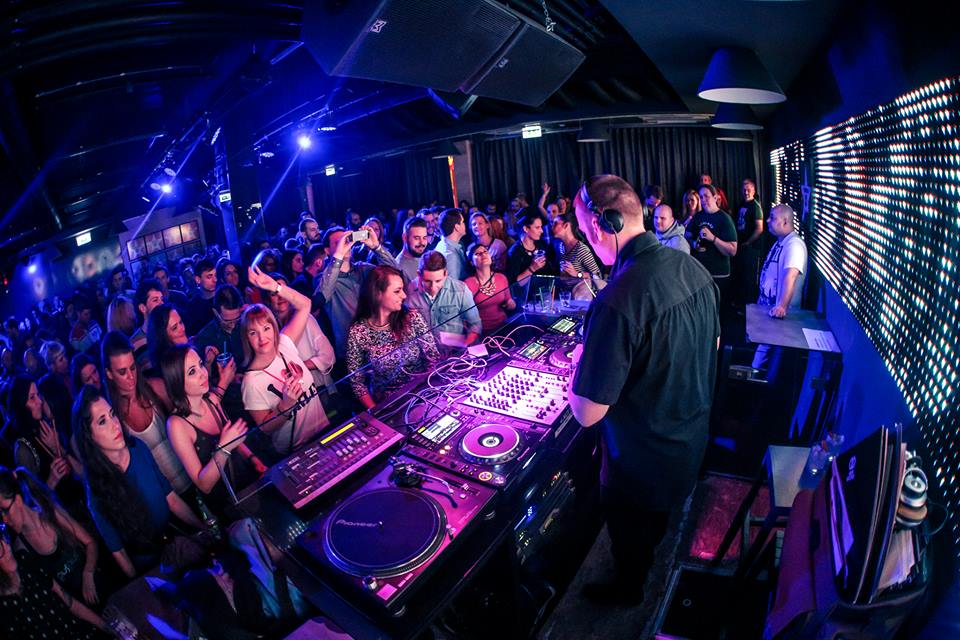Budapest is not only noted for its stunning architecture and rich history on the banks of the Danube, but also for a music scene that, far from being anecdotal, has become one of the city’s most dynamic cultural engines. Among the ruins of abandoned factories, the hidden cellars of Pest and the clubs floating on the river, electronic music is thriving, shaping a sonic identity of its own.
In 2025, Budapest’s electronic scene continues to grow with surprising vitality. Driven by a unique blend of local innovation, openness to global influences and a strong community spirit, the city has established itself as a creative hotbed for independent DJs, producers and collectives pushing the boundaries of the genre. While perhaps not as internationally renowned as other electronic capitals such as Berlin or Barcelona, Budapest offers something different: a combination of rawness, excitement and authenticity that appeals to both curious music lovers and artists looking for a less saturated, freer space to experiment.
Current context of electronic music in Budapest
In 2025, electronic music occupies a prominent place in Budapest’s cultural life. The city has an active and diverse scene, largely driven by independent collectives, local labels and emerging DJs. Although it does not have the same international profile as cities such as Berlin, Budapest has established itself as a hotspot in Central Europe, especially in genres such as techno, melodic house and experimental electronica.
Many events are organised in alternative spaces, small clubs and industrial-style bars, where an underground aesthetic and a strong self-managed mentality predominate. Artists such as Route 8 and Imre Kiss, along with labels such as Exiles, have achieved visibility outside the country, while venues such as Lärm and Toldi Klub function as constant hubs of activity. Despite certain economic and political challenges, the scene continues to grow and attract both locals and international residents.
Budapest’s position in the Hungarian and European e-scene
In the Hungarian context, Budapest is the undisputed heart of electronic music, concentrating most of the country’s clubs, festivals and artists. The city acts as a magnet for emerging and established talent, offering an infrastructure ranging from small venues to large arenas such as the Papp László Budapest Sportaréna.

On a European level, Budapest is distinguished by its authenticity and community focus, although it does not reach the scale of cities such as Berlin or Amsterdam. A 2019 article in The New East Archive describes the scene as a “small space of freedom” in the midst of a politically conservative environment, which gives it a unique character. The city is renowned for its ability to offer intimate and accessible experiences, with events ranging from warehouse raves to festivals on the island of Óbuda. This combination of quality and accessibility positions it as an attractive destination for electronic music lovers in Europe.
Globally, Budapest has gained visibility thanks to artists bringing their music to international labels such as Lobster Theremin and Opal Tapes, and events attracting renowned DJs such as Ellen Allien and James Hype, who will perform in 2025 at venues such as Dürer Kert.
The underground and DIY movement in Budapest
The underground and DIY movement is at the heart of Budapest’s electronic scene. This approach has developed in response to challenges facing the city, such as the closure of iconic clubs and restrictions imposed by the local government. According to The New East Archive, the loss of venues such as Kultiplex and Merlin has led organisers to create alternative events, such as illegal raves in forests and house parties.
A prime example of the DIY spirit is the Farbwechsel label, founded in 2012, which has been a pioneer in promoting a lo-fi and experimental sound. According to a Red Bull Music Academy Daily article, Farbwechsel marked the beginning of a DIY scene in Budapest, differentiating itself from more commercial clubs with its focus on one-take recordings and analogue tapes. This label has brought together artists such as S Olbricht and Imre Kiss, creating a community that values collaboration and innovation.
Events such as those organised by collectives like mhmm and santsat reflect this mentality, offering raves in unusual locations, such as forests on the outskirts of Budapest. These initiatives not only keep the scene alive, but also encourage inclusivity, with workshops for aspiring DJs led by the likes of LAU.
Top rated artists in Budapest’s electronic scene
Budapest’s electronic scene is driven by a number of talented artists who have gained recognition both in Hungary and abroad. Some of the most prominent include:

- Peter Makto: Veteran DJ and underground house producer, known for his versatility. Notable achievement: Released Shaman Dance on Truesounds Music; performs at events like The Miller Mix.
- Route 8: House master with a laid-back and experimental approach. Notable achievement: Performed at the first Boiler Room Budapest; associated with Lobster Theremin.
- Gábor Lázár: Experimental artist exploring polyrhythms and international collaborations. Notable achievement: Released music on The Death of Rave; collaborated with Mark Fell.
- S Olbricht: Founder of the Farbwechsel label, known for his distorted techno sound. Notable achievement: Released tracks on Opal Tapes and Lobster Theremin.
- Imre Kiss: Ambient and lo-fi techno producer, focused on live performance. Notable achievement: Debuted with Midnight Wave in 2013; booked at Ultrahang Festival.
These artists represent the diversity and innovation of the Budapest scene, contributing to its reputation as a centre of electronic creativity.
Places to enjoy electronic music in Budapest
Budapest has a wide range of venues where electronic music fans can immerse themselves in the scene. Below are some of the highlights:

- Akvárium Klub: One of the city’s most popular clubs, known for its modern design and large-scale events. Located in Erzsébet Square; has hosted DJs like Oliver Koletzki and Maceo Plex.
- Corvin Club: Famous for its underground atmosphere and rooftop terrace. Located in Blaha Lujza Square; holds weekly events with international DJs.
- A38 Ship: A ship turned into a club, considered one of the coolest venues in Europe. Docked on the Danube River; offers a wide range of electronic genres.
- Toldi: A former state cinema that also hosts club nights with local DJs. Known for its intimate atmosphere and focus on the local scene.
- Turbina: A versatile cultural space that welcomes diverse electronic subgenres. Popular for its varied programming and open-minded approach.
- Dürer Kert: A cultural hub with concert halls and club nights. Set to host events with artists like Ellen Allien in 2025.
In addition to the clubs, festivals are an essential part of the electronic experience in Budapest. The Sziget Festival (6-11 August 2025) is one of the largest events in Europe, with stages dedicated to electronic music. The Bónusz Electronic Music Festival, although taking place in 2024, is an example of Budapest’s ability to organise large-scale electronic events. For more underground experiences, the Kolorádó festival, held in a park near Budapest, offers techno and house in a boutique setting.


Comments are closed.